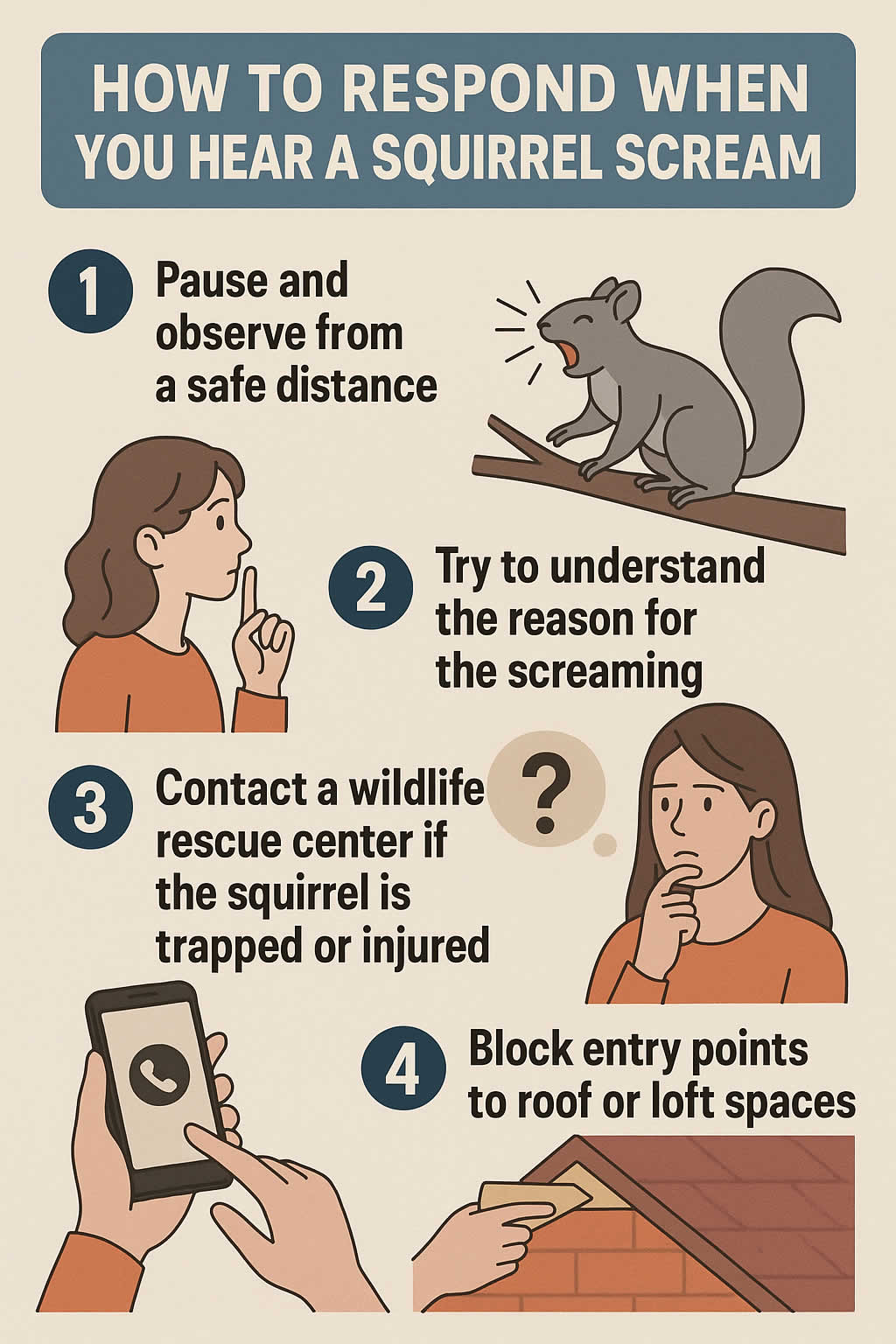Related Queries
ToggleIf you’re dealing with a flea infestation, the numbers may be startling. Around 95% of fleas don’t actually live on your cat but in your home. That’s right – the majority of the problem is right under your nose. Understanding this is crucial because it explains why flea issues seem like they never end. Female fleas are prolific – they can lay up to 50 eggs a day, and that’s a big problem. If you’re looking to get rid of fleas for good, it’s not just your cat that needs treatment – your entire home does too.
These little pests are incredibly tough. They can live without a host for up to 14 days and stay dormant in carpets for up to six months. That makes it harder to get rid of them completely. And on top of that, they put your cat’s health at serious risk. For kittens especially, fleas can lead to anaemia, which could be fatal if not addressed quickly. In this guide, I’m going to walk you through some effective strategies for handling fleas, from vet-prescribed treatments to simple home remedies.
Your home and your cat deserve better than being invaded by these persistent parasites. Let’s get you on the right track with the tools and knowledge you need to protect both.
Understanding Cat Fleas and Their Lifecycle
What Are Cat Fleas?
The cat flea (Ctenocephalides felis) is the most common parasite that affects cats. But it’s not just cats that are affected – this flea species also infests dogs. These tiny, wingless insects are only 1-2mm in size and have a reddish-brown colour. Their flat bodies make it easy for them to move through your cat’s fur, and they’re built to latch on tight. Their specialised mouthparts pierce the skin to feed on your cat’s blood, and once they’ve found a host, they stick around for the long haul.
How Cats Get Fleas
Fleas can hitch a ride in many ways. Even indoor cats aren’t safe. Fleas jump easily from one animal to another, and they can even grab a free ride on your clothes or shoes. Rodents that sneak into your home are also capable of bringing fleas with them. Your home, especially with its carpets, offers a perfect breeding ground for fleas all year round. If your cat spends time in one spot, you’ll likely find the fleas there.
The Flea Lifecycle
Fleas don’t just appear out of nowhere – they go through a lifecycle that takes place in four stages. Understanding these stages is key to getting rid of them:
- Eggs: Female fleas lay up to 50 eggs a day. These eggs drop off your cat wherever they rest, and they can be found in carpets, bedding, and furniture.
- Larvae: After about 2-10 days, the eggs hatch into larvae. These larvae avoid light and burrow deep into soft surfaces, living off flea dirt and organic matter.
- Pupae: The larvae form cocoons and turn into pupae, which can stay dormant for up to six months until the right conditions trigger them to hatch.
- Adults: Once the conditions are right, such as movement, heat, or carbon dioxide, adult fleas emerge from their cocoons and look for a host to latch onto. In ideal conditions, the entire cycle can take just three weeks.
Why Fleas Are Dangerous for Your Cat
Fleas are not just an itchy nuisance – they can lead to serious health issues. Flea bites cause itching, but in some cats, they can result in flea allergy dermatitis. In severe cases, fleas can cause anaemia, particularly in kittens, due to blood loss. A single female flea drinks around 1ml of blood daily, and if there are many fleas, this can add up quickly. Fleas can also carry tapeworms, which your cat can ingest by licking or swallowing an infected flea. These parasites can even spread diseases like cat scratch fever to humans. Quick action is vital to protect your cat’s health and yours.
Identifying Fleas on Your Cat
Spotting fleas early can significantly shorten the treatment time and prevent further complications. You’ll also need to keep an eye on your indoor cats – fleas can easily enter the home through other pets or even on your clothes.
Common Signs Your Cat Has Fleas
Not every cat shows obvious signs of flea infestation, but there are some common indicators to look out for. These include:
- Scratching, biting, or licking excessively
- Rough or spiky fur, or patches of baldness
- Red, irritated skin or scabs
- Sensitivity when stroked, particularly around the tail
- Pale gums in severe cases, suggesting anaemia
If your cat is allergic to fleas, you might notice more severe skin issues, such as rashes or bumpy patches. These are often seen on the neck, lower back, and hindquarters.
How to Check for Fleas Using a Flea Comb
A flea comb is one of the most reliable tools to spot fleas on your cat. Most vets recommend using a flea comb weekly, or even daily if you suspect an active infestation. To do this:
- Place your cat on a white surface or paper.
- Slowly and thoroughly comb through your cat’s fur, focusing on the neck and tail areas.
- Keep a bowl of hot, soapy water nearby to dunk the comb in after each stroke to kill any fleas you catch.
Spotting Flea Dirt
Flea dirt looks like small black specks in your cat’s coat. You’ll often spot this before the fleas themselves. To check if it’s flea dirt, place the specks on a damp tissue. If they turn reddish-brown, that’s flea dirt, which is digested blood.
Differentiating Fleas from Other Parasites
Fleas are different from other skin problems like feline acne, which only affects the face and chin. Dandruff also looks different when wet – flea dirt changes colour to reddish-brown, while dandruff remains white. If you find any fleas or flea dirt, it’s a sign you need to treat the infestation immediately. These visible signs only represent a small part of the problem – usually just 5% of the total flea population.
Best Ways to Get Rid of Fleas on Cats
The right treatments, when applied correctly, are key to getting rid of fleas. The best solution depends on the severity of the infestation, your cat’s age, and their health.
Veterinary-prescribed Treatments
Prescription treatments are typically more effective than over-the-counter products. Vets often recommend monthly spot-on treatments that kill adult fleas and prevent eggs and larvae from developing. For example, products like Revolution Plus® with selamectin and sarolaner offer broad protection against fleas, ticks, and other parasites. Clinical studies show that these treatments are up to 98% effective four weeks after application.
Over-the-counter Options
While not as potent as prescription treatments, over-the-counter products can help with mild infestations if used correctly. Frontline Plus is one of the better-known options. It kills both fleas and ticks, while preventing flea eggs from hatching. However, vets caution against relying solely on over-the-counter treatments. Flea powders and shampoos kill adult fleas temporarily but don’t offer long-term protection. Also, avoid using dog flea treatments on cats as they may contain toxic ingredients like permethrin.
How to Apply Spot-on Treatments Correctly
For the best results, follow these steps when applying spot-on treatments:
- Take the pipette out of its packaging and remove the cap.
- Part your cat’s fur at the base of the neck to expose their skin.
- Squeeze the solution directly onto their skin, making sure they can’t lick it.
- Let the treatment dry naturally – don’t rub it in.
Avoid bathing your cat or letting them swim for 48 hours after treatment. Also, keep treated cats away from other pets until the solution has dried.
Oral Medications and Their Benefits
Oral flea treatments are another effective option. Products like Comfortis and Capstar start working fast – fleas can begin dying within 30 minutes. Oral medications prevent chemicals from transferring to other pets or family members, and they often have a higher success rate than topical treatments. Studies show that oral spinosad treatments have a 96% success rate, compared to 90.9% for topical treatments over 60 days. While most cats handle oral meds well, some might experience mild stomach issues.
How to Get Rid of Fleas in Your Home
Since about 95% of flea infestations are in your home rather than on your cat, it’s crucial to target both adult fleas and their developing stages.
Vacuuming to Remove Fleas
Your vacuum cleaner is one of your best weapons in the battle against fleas. Regularly vacuuming removes up to 96% of adult fleas, along with all pupae and larvae. To get the best results:
- Vacuum daily, especially during active infestations.
- Focus on carpets, furniture, baseboards, and under furniture.
- Dispose of the vacuum bag immediately by putting it in an outside bin.
- Consider sprinkling boric acid on carpets before vacuuming to dehydrate fleas.
Washing Bedding and Soft Furnishings
Washing your cat’s bedding, your own bed linens, and soft furnishings in hot water (60°C or higher) is essential for killing fleas at every life stage. Fleas, eggs, and larvae die within 10 minutes at these temperatures. Dry the items on high heat for at least 30 minutes to ensure nothing survives.
Using Flea Sprays
Environmental flea sprays can help protect your home long-term. Look for sprays that contain both an adulticide (which kills adult fleas) and an insect growth regulator (which stops eggs and larvae from developing). Make sure your cats stay away from sprayed areas until the treatment has dried, as many products can be harmful to them.
When to Call Professional Pest Control
Sometimes, despite your best efforts, you may still see fleas weeks after starting your home treatments. If that happens, it’s time to call in the professionals. Pest control experts use stronger products and specialised techniques that aren’t available to the general public. They can also create a treatment plan tailored to your specific flea problem.
Are you looking for pest control in West Midlands? Get in touch with us and a local pest removal company will be in touch.
Preventing Future Flea Infestations
The best way to deal with fleas is to stop them from becoming a problem in the first place. Prevention is key to saving time, effort, and stress for both you and your cat.
Year-round Prevention
It’s a common mistake to think that flea prevention is only needed during the warmer months. In fact, you need year-round protection. Your home’s central heating creates the perfect environment for fleas, with temperatures between 65-80°F and humidity around 75-85%. These conditions allow fleas to remain active all year long.
Vets recommend giving all your pets consistent, monthly flea treatments. You should:
- Get prescription flea preventatives from your vet – these work better than over-the-counter options.
- Treat both indoor and outdoor cats, as even indoor cats can get fleas.
- Treat all pets at the same time to stop fleas from spreading between them.
Natural Flea Repellents
If you prefer natural options, some extracts can help. Research shows that a mix of thyme, rosemary, lemon balm, fenugreek, wormwood, and lemongrass extracts can work over time, with effectiveness reaching 77% after five months. You can also use:
- Citrus-based sprays on your cat’s bedding (never directly on your cat).
- Diatomaceous earth around the home, but be careful if your cats have respiratory issues.
However, most vets recommend using these natural remedies alongside proven medications for the best results.
Creating a Flea-Resistant Environment
You can make your home less welcoming to fleas by following these tips:
- Keep your grass cut short to allow sunlight to reach the soil.
- Keep outdoor areas dry – fleas don’t like dry conditions.
- Regularly clean up piles of leaves and brush where wild animals might hide.
Inside your home, regular vacuuming and washing your pet’s bedding every two to three weeks can help prevent fleas from making a home in your house.
Final Say!
Fighting fleas isn’t just about treating your cat – it’s a combination of good medication and thorough home treatment. Regular use of a flea comb, consistent preventative measures, and professional help when needed will keep your cat and your home flea-free.
With the right approach, your cat can stay happy and healthy all year round, free from the discomfort of fleas. Regular visits to the vet will help you catch infestations early, ensuring that you can take quick action to protect both your cat and your home.
Pest Control Northumberland – Pest Control Aikton – Pest Control Grasmere













